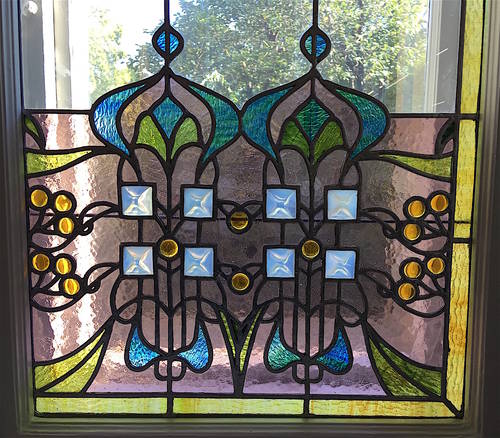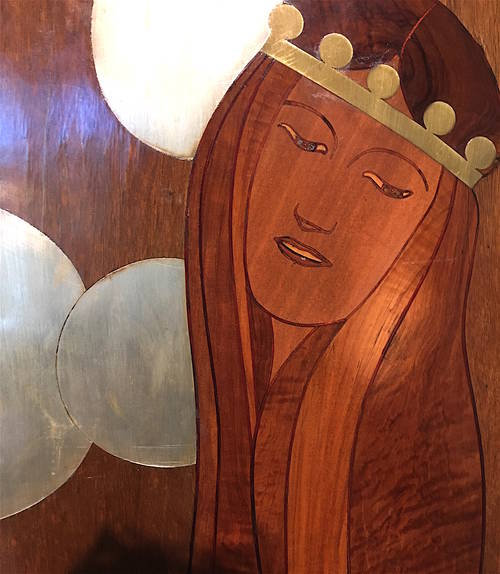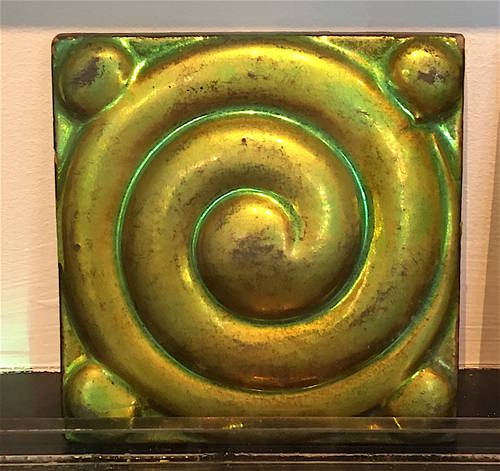The real highlight of Brescia, capital of the Lombard province of the same name, must be its recently re-opened Pinacoteca Tosio Martinengo – one of the best provincial art museums of the world. But to read about that you will have to buy the new Blue Guide Lombardy, Milan and the Italian Lakes, available from early 2019. For now you will have to satisfy yourself with food and drink highlights from a recent research visit to this excellent and under-rated city and its environs:
Bars
Chinotto: cool bar with tables outside on the pedestrianised Corso Palestro, itself an extension of the attractive broad Corso Zanardelli with a double arcade all along its north side. Chinotto prides itself on the best pirlò in town – the local variant of spritz made not with the ubiquitous Aperol but with Campari, also a Lombard product. Ideal for an early evening sharpener. Corso Palestro, 25122 Brescia BS
Bar in the Hotel Vittoria: the stately Hotel Vittoria is Brescia’s grand hotel, on the other side of the elegant colonnaded rationalist block that forms one side of the Piazza Vittoria with its red marble pulpit built for Mussolini to address the crowds, and from the 30s to the 50s start and finish of the glamorous Mille Miglia car race to Rome and back. The Hotel has a stylish bar, grand inside and relaxed outside under the arcade, recommended for its ambience and cocktails and the barman’s knowledge of the new wave of artisanal vermouths from this, the heart of vermouth country. Via X Giornate, 20, 25121 Brescia BS
Restaurants
Brescia
La Vineria: Good quality, somewhat more inventive than standard restaurant fare. Classical and friendly atmosphere, don’t be put off by the small and empty ground floor visible from the arcaded street front: this does not mark a lack of support for this local institution but the fact that most guests opt for its busier, larger basement. Via X Giornate, 20, 25121 Brescia BS
Trattoria Al Fontenone: Traditional trattoria, good quality and unfussy. Via Dei Musei 47/a, 25121 Brescia BS
Il Nazareni: You might not have come to Northern Italy for Palestinian cooking, but this busy and fashionable new restaurant is a local favourite. Clean and fresh hummus, taboulé, parsley salads etc. Via Gasparo da Salò, 22, 25122 Brescia BS
Monte Isola on Lake Iseo
Trattoria Pizzeria Bar Ai Tre Archi: a waterfront eatery in a seasonal tourist destination is risky. Ai Tre Archi–“at the three arches”–is unpretentious, on our visit the food was local and good, the white wine by the carafe excellent and the service friendly. via Peschiera Maraglio 170/n, 25050 Monte Isola BS
Salò on Lake Garda
Trattoria-Bar Cantinone: One (narrow) block back from the lake, traditional and genuine, including fish dishes from local lake fish (the fish antipasto was excellent). 19, Piazza Sant’Antonio, 25087 Salò BS
A.T.









